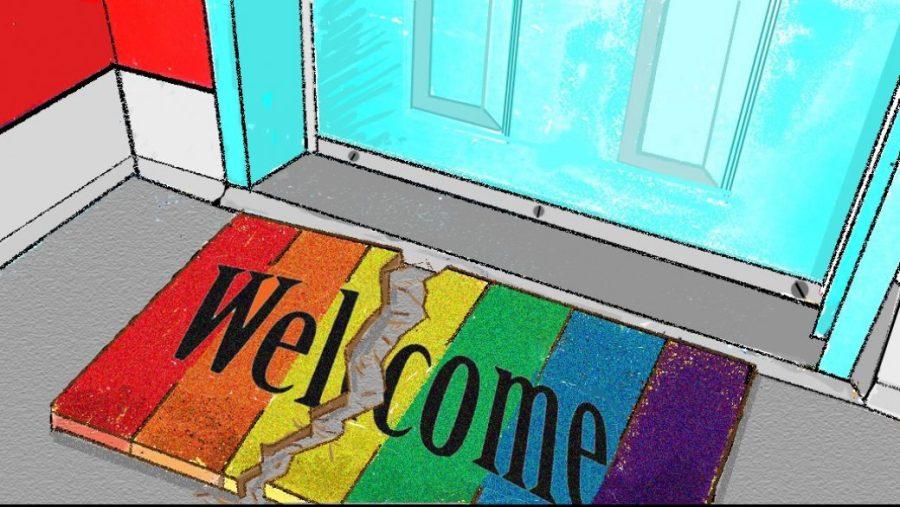Since the development of urban life, queer people have carved out spaces nestled in strictly cisgender and straight terrain to openly and visibly express their gender and sexual identities. These spaces are bastions of queer culture and socialization intended to transgress a prudish society that otherwise turns them away. But these spaces have become breeding grounds for sexual assault and harassment. As these spaces continue to normalize, and even encourage, sexual violence, they undermine their mission to provide safe and comfortable spaces for queer people to interact.
According to the Center for Disease Control, gay, lesbian, and bisexual people experience sexual assault and harassment at similar or higher rates than their straight counterparts. Transgender people, on the other hand, experience sexual violence at significantly higher rates. Violence against queer people often comes from outside the community in the form of homophobia and transphobia, but our spaces are not immune to the same air of entitlement that leads people outside the community to commit sexual assault.
Gay male spaces have become hotbeds of sexual harassment, but this comes as no surprise. Society hypersexualizes queer people across the spectrum. According to a study by the University of Michigan, 47 percent of advertisements targeting gay men sought to sell explicitly sexual merchandise, including lubricants, pornographic films, and male enhancement pills. Gay men, on the other hand, also sexualize their own spaces. Bars and clubs make up the bulk of queer spaces, and it is more than common to see scantily clad men pulling attention on posters or poles. Even more common are the instances of groping, drunk affection, and blatant sexual assault. Though uniquely gay spaces offer an outlet to express sexuality in an open forum, the direct sexualization of these spaces creates an atmosphere that intertwines sexual liberation with sexual assault.
Sexual harassment in other settings immediately conjures visceral reactions, but in gay male enclaves, it is expected. In fact, it can even be seen as a compliment. These spaces, which prize sexuality and physicality, allow free expression but do not reinforce the need for consent. Instead, gay men waive these transgressions as charm, expecting the people who fall on the receiving end of these advances to ignore and endure them. Gay men’s woeful underreporting of sexual assault stems from this sentiment, leading people to believe that sexual assault is not an issue among gay circles.
Gay spaces are directly tied to sexuality, both in the eyes of the community and the society at large. Open and explicit sexuality is not the problem though. There is a distinction between expressing sexuality and imposing it on others. The issue of sexual assault and harassment stems from the willful neglect of this distinction. Many gay bars and clubs have instituted policies to address problematic customers, but the responsibility lies in the community as well. Not only should people encourage reporting sexual assault, but they ought to understand that sexual assault is no less of an issue because they are in a queer space.







